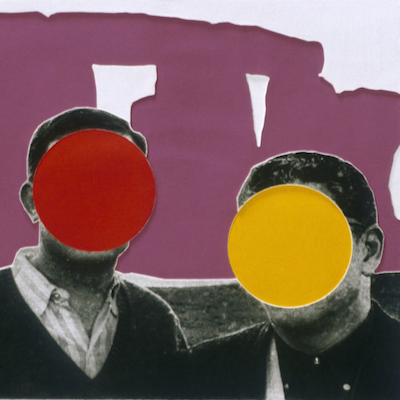
Details
Artist
Styles
Photo lithographic print, signed by the artist. // Extended Expressions by Dennis Oppenheim is a thought-provoking photo lithographic print from 1976, exploring themes of identity, imitation, and generational connection. The artwork displays a sequence of facial expressions in a series of small frames, documenting an interaction between Oppenheim and his son Erik. In this piece, Dennis initiates a facial expression, which Erik then attempts to replicate, creating a visual dialogue across time and family lines. The accompanying text delves into the concept of expressions as a form of biological and emotional inheritance, passed through generations. This print, measuring 76.2 cm by 55.8 cm, is part of a limited edition of 50 and signed by the artist, illustrating Oppenheim’s exploration of performance art and his fascination with the transference of human experience.
Extended Expressions, 1976
form
Medium
Size
76.2 x 55.8 cm
- Inches
- Centimeters
Edition
Price
- USD
- EUR
- GBP
Details
Artist
Styles
Photo lithographic print, signed by the artist. // Extended Expressions by Dennis Oppenheim is a thought-provoking photo lithographic print from 1976, exploring themes of identity, imitation, and generational connection. The artwork displays a sequence of facial expressions in a series of small frames, documenting an interaction between Oppenheim and his son Erik. In this piece, Dennis initiates a facial expression, which Erik then attempts to replicate, creating a visual dialogue across time and family lines. The accompanying text delves into the concept of expressions as a form of biological and emotional inheritance, passed through generations. This print, measuring 76.2 cm by 55.8 cm, is part of a limited edition of 50 and signed by the artist, illustrating Oppenheim’s exploration of performance art and his fascination with the transference of human experience.
What is conceptual art?
Sometimes referred to as Conceptualism, this is an art form where the idea(s) or concept(s) behind the work take precedence over material concerns and traditional aesthetics. Many conceptual artworks can be created by anyone simply by following written instructions. The concept or idea is the most essential aspect of the artwork.












